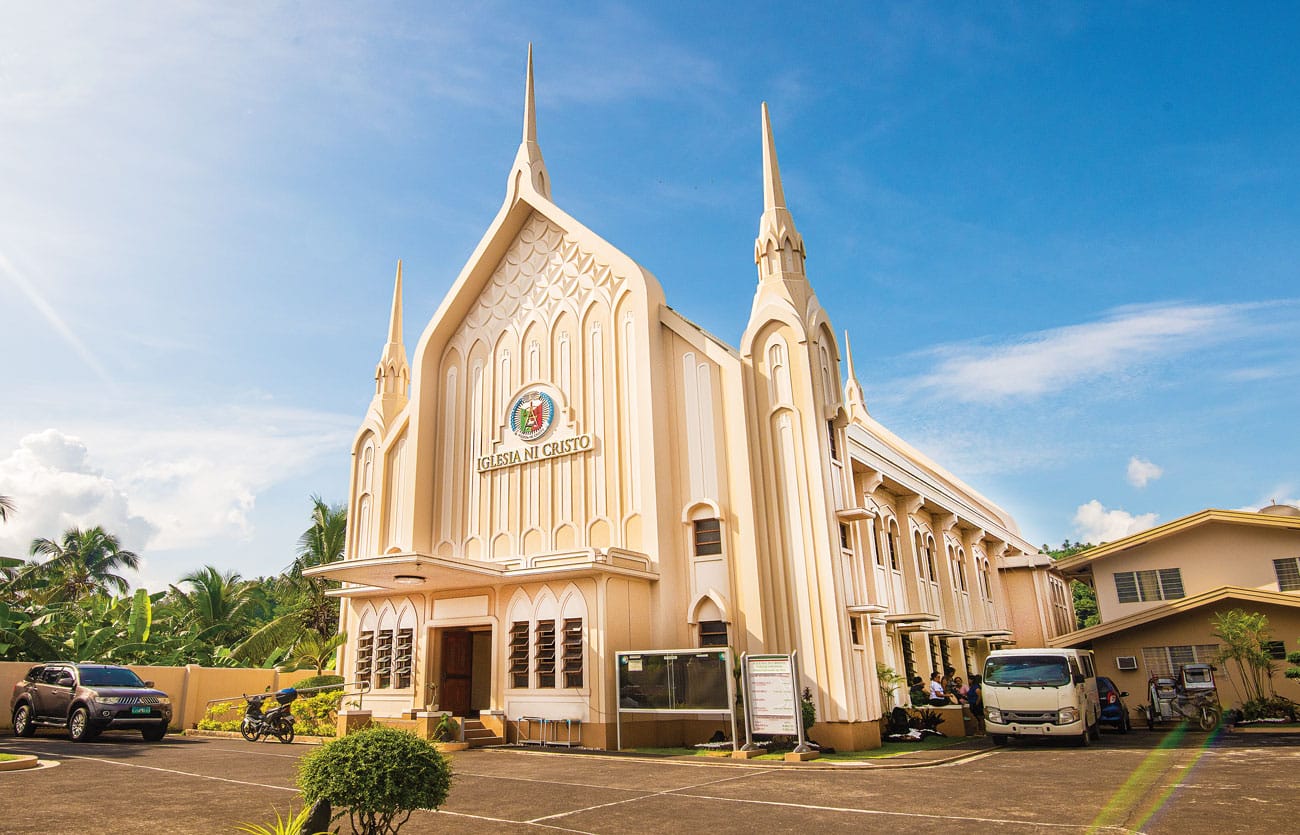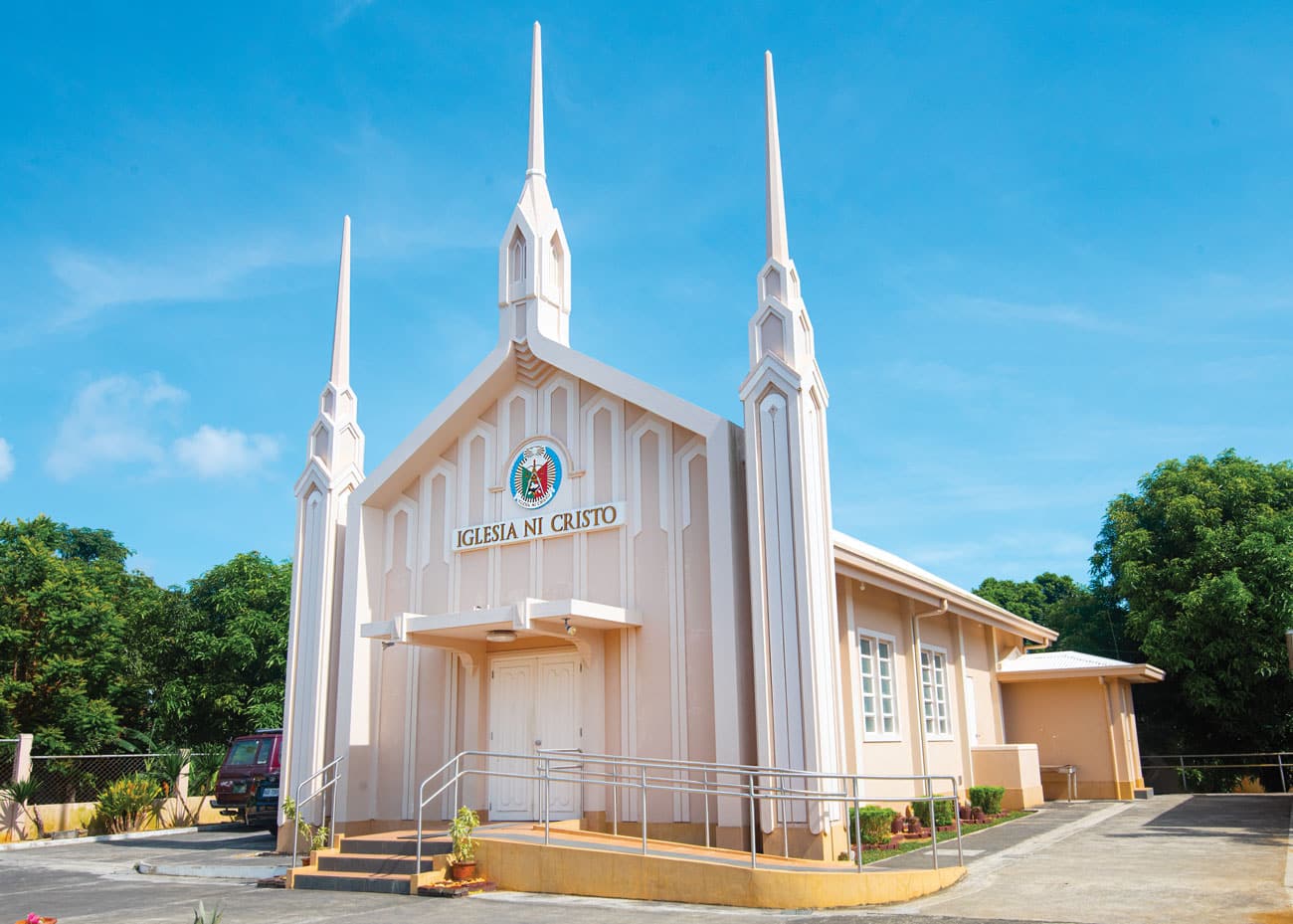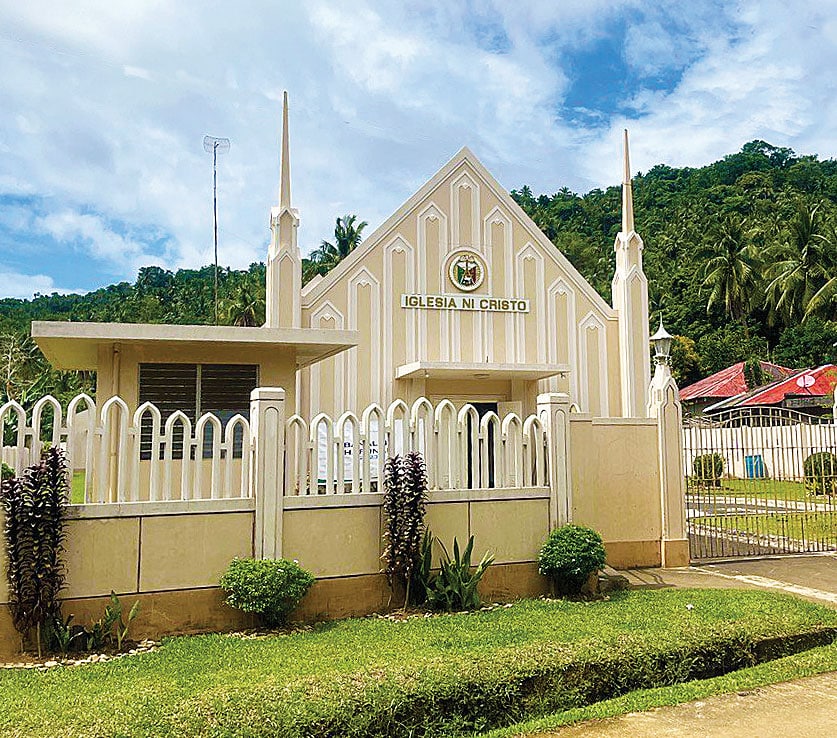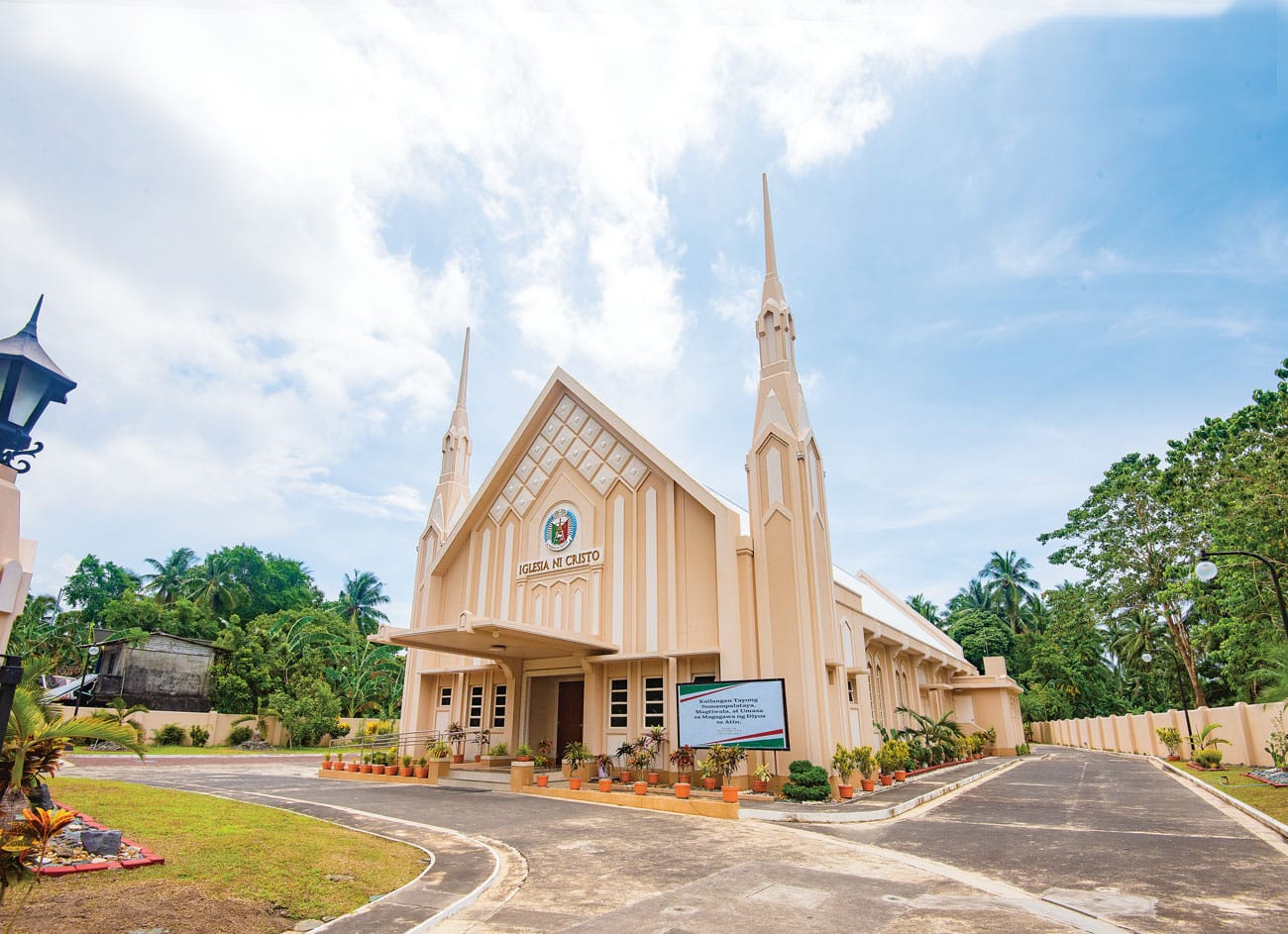













ALBAY IS THE second largest province in the Bicol Peninsula, found in Southeastern Luzon, about 500 kilometers away from Manila. With its diverse ecosystems and multiple endemic plant and animal species, it was added to the United Nations Educational, Scientific and Cultural Organization’s (UNESCO) World Network of Biosphere Reserves in March 2016 (unesco.org).
Dominating the province’s landscape is the magnificent Mayon Volcano. A popular tourist attraction because of its picture-perfect symmetrical cone shape, Mayon is the main landmark and highest point of Albay—standing at 2,463 meters. It has a base circumference of 62.8 kilometers, geographically shared in between eight cities and municipalities—Legazpi City, Daraga, Camalig, Guinobatan, Ligao City, Tabaco City, Malilipot, and Santo Domingo.
Despite its incomparable aesthetic value, Mayon is the most active volcano in the Philippines. It has erupted over 50 times in the past five centuries causing lava flows, ash fall, and lahar in its surrounding areas, displacing the populace by the thousands (philvolcs.dost.gov.ph). In June 2023, Albay has been declared under a state of calamity as the Mayon Alert Level was raised to Level 3 due to its increased volume of rock fall events and other volcanic hazards (pia.gov.ph).
Facing the Pacific Ocean in the east, Albay is also right in the middle of the country’s typhoon belt, experiencing strong storms on a yearly basis, especially on the eastern coastline of the province (world.time.com).
Despite these natural disasters, nothing can hinder the work of the Iglesia Ni Cristo (Church Of Christ) ever since this true religion found its way to the Bicol Peninsula for the first time after the devastation brought about by the Second World War.
The work of the Church in Bicolandia can be traced to the very first local congregation in the whole Bicol Region—the Local Congregation of Guinobatan. In 1947, Brother Eutiquio Borlaza, along with ten brethren from Rizal and Quezon provinces, went home to Bicol and began the Church’s missionary work. They faced heavy persecutions and even physical intimidations. Still, a series of debates against established religions in this town spurred the growth of the Church. As God’s promises are true, the work of salvation has begun to bear fruit.
On August 28, 1947, the Church Administration approved the establishment of the Local Congregation of Guinobatan. Soon after, the true gospel spread throughout the province, with many members actively participating in the intensive work of propagation. Nine local congregations were quickly established within the next couple of years: Tabaco City, Paulba, Ligao City, Camalig, Anislag, Labnig, Pio Duran, Legazpi City, and Carisac.
By 1948, the Dibisyon ng Kabikulan based in Naga City, Camarines Sur oversaw the local congregations in the Bicol Region, including the province of Albay, with Brother Prudencio Vasquez as the first district supervising minister. Then, on May 14, 1962, the Church Administration approved the establishment of Albay as an ecclesiastical district, with Brother Isaias Reyes designated as the district supervising minister. By then, there were already 22 local congregations established in the province.
The growth of the Church was further propelled by, among other programs and activities, the pastoral visitations of Brother Eraño G. Manalo. He first visited Albay on December 10, 1965 when he officiated at the dedication of the house of worship of Legazpi City where the district office is also located.
God’s promise that nothing can hinder His work in these last days was evident when Brother Eraño Manalo once again visited this province on March 23, 1993. Earlier that year, on February 2, Mayon volcano erupted and continued its pyroclastic flow and ash falls through the following weeks in the province. Miraculously, three days before Brother Eraño Manalo’s visit, the country’s most active volcano seemingly went still. It began its eruption anew hours after the then Executive Minister flew back to Manila.
Years passed and God has proven time and time again that He is with His chosen nation in these last days. Due to numerous activities for edification and propagation, the Ecclesiastical District of Albay is now composed of 68 local congregations, 14 extensions, and eight group worship service (GWS). It includes congregations in the nearby three Sorsogon municipalities (Castilla, Donsol, and Pilar) and two Masbate municipalities (San Pascual and Claveria in Burias Island) as well as three islands near Albay’s eastern coast, namely, Cagraray Island, Batan, and Rapu-rapu.
Remaining united with the aim and spirit of the Church Administration, through the dynamic leadership of Brother Eduardo V. Manalo, the Ecclesiastical District of Albay valiantly continues to focus its effort in propagating the words of God and in edifying the faith of the brethren. No volcanic eruption nor storm surge would ever hinder this work of salvation.